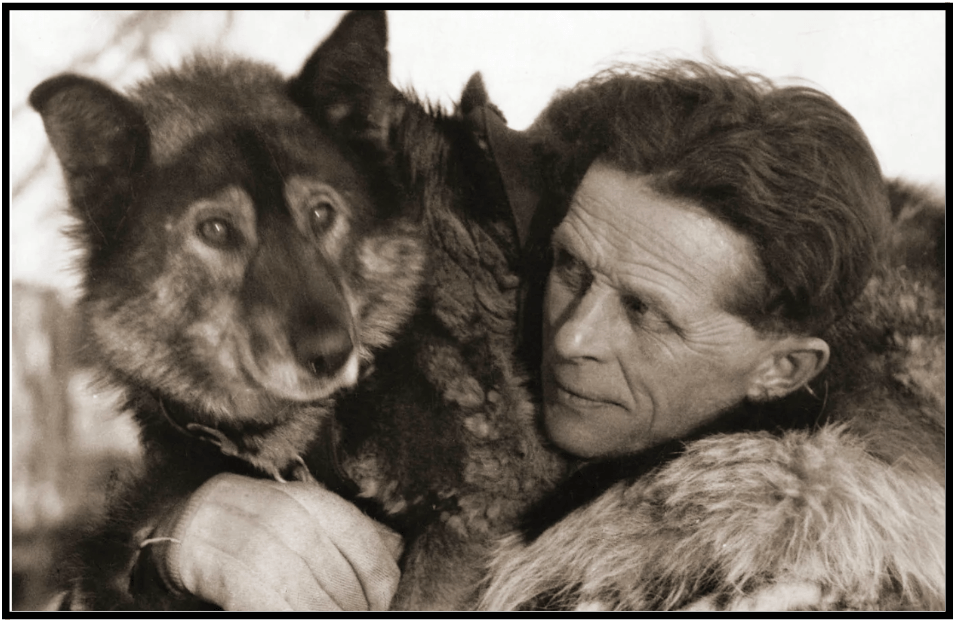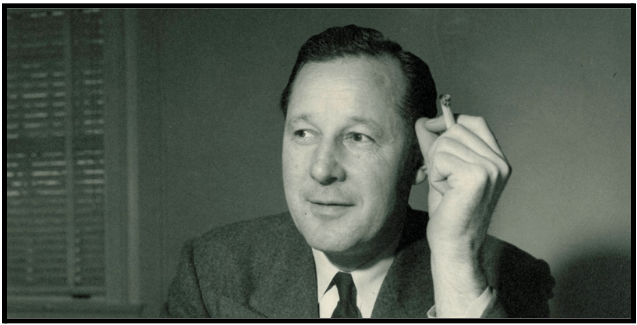Talking Big Ideas.
“Togo was the best dog that ever traveled the Alaska trail.”
~ Leonhard Seppala
A hundred years ago this month, a remote town was saved from hell.
Children were dying from a deadly disease in Nome, an Alaska gold-rush town sandwiched between an unforgiving wilderness and a frozen sea. Diphtheria was spreading, and Nome’s 1,400 residents were at risk of contracting the disease and choking to death.
They had no medicine to treat diphtheria. Memories were still vivid of the Spanish flu sweeping through the region and brutally killing hundreds.
The town’s lone doctor sent a desperate telegram to Washington D.C. begging for medicine and added that unless it arrived soon, an “epidemic of diphtheria is almost inevitable.”
But Nome was cut off from the world. Closer to Siberia than Anchorage, ships couldn’t dock at the port because of the ice, and airplanes couldn’t fly in the arctic conditions.
The only hope to save Nome was sled dogs.
Officials were able to quickly get medicine to the nearest train station, which was still a staggering 674 miles away – the distance from Washington D.C. to Chicago. A patchwork team of sled dogs and mushers (the people who steer the sleds) coordinated to cover this trek.
Musher Leonhard Seppala handled the longest stretch of extreme and deadly terrain. He placed his dog Togo in the lead. At one point, Seppala had to choose whether to save time by shortcutting over the frozen Norton Sound in blinding snow. He couldn’t see but was confident Togo, who mushers considered the best sled dog alive, would know whether the ice would hold.
Togo safely led his team across. The ice broke into the water shortly after they passed over it. His paws shredded and wrapped in blood-soaked leather, muscles quivering from exhaustion, Togo successfully pressed on for an incomprehensible 260 arctic miles – by far the longest stretch from any sled dog.
In total, 20 mushers and 150 dogs were involved. They faced blizzard whiteouts, air temperatures below -60, and the wind chill breaking -85. Four of the dogs died en route.
The entire run normally took 30 days; they did it in just over five. Remarkably, the medicine made it to Nome in time to prevent an epidemic.
The media loved the story. They focused their attention on the team who made the final push into Nome. The lead dog was named Fox, but news officials didn’t like his name as much as another dog from the final run named Balto.
Balto, who covered less than a fifth of Togo’s distance on a much safer stretch, became an immediate sensation.
He was highlighted by radio stations, newspapers, and magazine covers from coast to coast. Within months, Balto was immortalized in a large bronze statue in Central Park, Manhattan. He was the star of a film and several children’s books.

Togo was ignored, as were the native Alaska mushers who covered most of the trek.
They’re not alone. Those deserving credit are often left behind. Jocelyn Bell made one of the greatest discoveries in the history of astronomy, yet the Nobel Prize it received was given to Jocelyn’s teacher and another scientist.
James Watson and Francis Crick became famous for discovering DNA’s structure. They relied on Rosalind Franklin’s X-ray images, which they saw without her permission. They didn’t give her credit, and she was left out when they won the Nobel Prize for their discovery.

We all know that Thomas Edison invented the lightbulb. Except he didn’t. Warren De la Rue and Joseph Swan both beat him to it.
Lise Meitner co-discovered nuclear fission, but Otto Hahn claimed the credit and won the Nobel Prize. Philo Farnsworth built the first electronic television at 21, but David Sarnoff seized his patents and the glory. John von Neumann shaped computer science, game theory, and quantum mechanics, but his name is barely known outside academia.
I always thought Michael Jackson came up with the moonwalk, but check out Bill Bailey at the Apollo Theater in 1955:
The “wizard” Norman Borlaug saved more people than anyone else in history – a billion lives! But as Steven Pinker says, “Who the heck is Norman Borlaug?”
Stories shape how we see and understand the world, but they don’t always represent reality. Today, social media makes it almost effortless to spread lies and half-truths. As storytellers, it’s on us to dig a little deeper. To make sure we’re sharing the truth without repeating falsehoods or overlooking the people (and dogs!) who most deserve credit.
Without this extra digging, the real heroes may be left buried.
72 years after the incredible Alaskan dog run, Togo was finally honored with his first statue for saving Nome. More recently, the Discovery Channel highlighted Togo in a documentary called The Greatest Dog Story Ever Told, Disney released Togo: The Untold Story, and TIME magazine named Togo the most heroic animal of all time:
The dog that often gets credit for eventually saving the town is Balto, but . . . the sled dog who did the lion’s share of the work was Togo. His journey, fraught with white-out storms, was the longest by 200 miles and included a traverse across perilous Norton Sound . . . Togo, we salute you.
Togo’s truth finally came to light.
How many heroes still wait to be unearthed?




